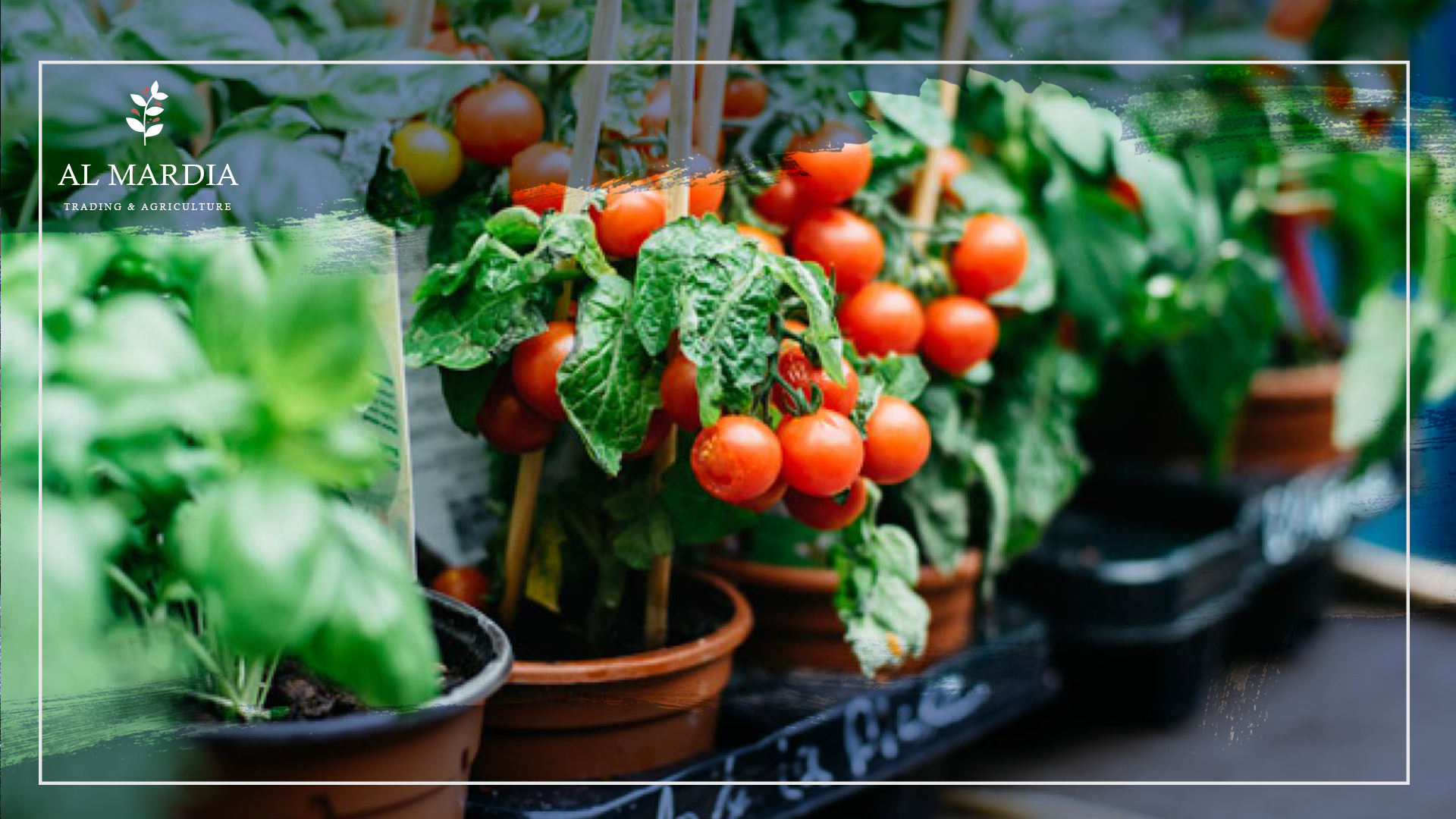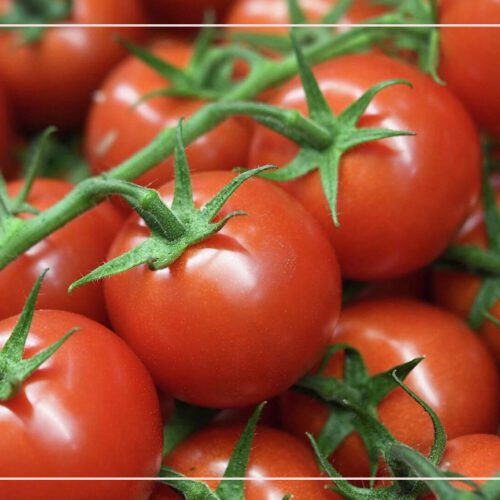
Guide to Growing Vegetables in Pots
Growing vegetables in pots is becoming increasingly popular with people who do not have access to a garden. It’s wonderful for those who want to grow their own food in an eco-friendly way. Container vegetable gardening is an excellent option for those looking to start their own urban farm, as it allows you to grow your own food without taking up too much space. It also provides the opportunity for anyone to start an indoor vegetable garden and enjoy the fruits of their labor. In this article, we will discuss the basics of growing vegetables in pots and provide useful tips on how to get started.
An Overview of Growing Vegetables in Pots
If you don’t have the outdoor space for a vegetable garden or want to enjoy fresh produce in winter, container vegetable gardening is the answer. With pots and planters, you can create a garden that blooms and produces all year round – no matter where you are located.
Shielding your plants from chilly temperatures can pay off with an abundance of peppers, tomatoes, lettuce, spinach, and other greens. Not only will you have a continuous supply of fresh veggies but container-grown vegetables can also make for gorgeous centerpieces for your dining table.
Selecting Pots
- Choosing the right container for your plant is crucial to its growth and development. Generally, larger plants need bigger pots but you can choose whatever pot works best for your needs as long as it allows water to drain properly and won’t become too hot in direct sunlight.
- While there are many attractive options, it is important to consider potential drawbacks. For instance, ceramic containers are aesthetically pleasing and allow for efficient water drainage. However, they can dry out quickly and require frequent watering. On the other hand, wooden barrels can hold more water and don’t get as hot; however, they may be heavy and prone to rotting.
- Be creative to have something unique. You can repurpose previously used items such as boots, teapots, and old plumbing fixtures. Certain vegetables that flourish well in containers include kale, lettuce, green onions, peppers, tomatoes, and cucumbers. Furthermore, herbs also make for a great choice.
Sunlight
- When choosing plants for a pot, one must take into account the amount of sunlight that is available in that spot. It is also important to read the lighting requirements of each seed and plant label before planting. Furthermore, when several containers are put together in an area or if many plants need to be planted consecutively, it is essential not to mix them with dissimilar lighting needs.
- Houseplants that are grown indoors may be able to get enough light from a south-facing windowsill. Nonetheless, if there is insufficient light, you can use T5 fluorescent lamps or CFL grow lights to supplement the lighting, particularly during winter.
- In order to get a year-round harvest of flowering plants such as tomatoes, peppers, and squash, it is important that they receive plenty of bright light. In most cases, the requirement of supplementary lighting will be necessary in order to achieve this goal.
Watering
- When planting in pots, it is important to regularly monitor moisture levels. Potting soil tends to be less dense than regular soil and therefore requires more frequent watering. To test if your plants need watering, insert two fingers into the potting mix and if dry, that means it’s time to add some water.
- If you are keeping your plant pots outdoors, be sure to maintain a regular check on the moisture levels. Containers can dry out quickly due to strong sunlight and wind.
Don’t forget about compost
It is important to ensure the fertility and vitality of your plants. This can be achieved by blending compost with potting soil. Incorporating compost into your soil for pot planting will guarantee robustness and enhance the growth and vitality of your plants’ roots.
When selecting organic compost, seek out those that contain ingredients that can release nutrients into the soil. For instance, Multi-Bio is a double-action biofertilizer recipe and is primarily mycorrhiza based. This product can increase yield by 20%-25% without diminishing soil fertility or negatively impacting plant growth.
Maintain regularly
- Although most individuals may be aware of how to take care of plants, not many realize the importance of caring for their pots and the environment that this greenery inhabits.
- Proper maintenance can ensure that your pot and plants last longer, while also providing a safe environment for them to grow. It’s essential to know how to properly maintain potted plants and use beneficial techniques.
- For instance, watering your plants correctly is important, but you should also check if the pot is clogged, broken, or attracting mold or moisture, which could damage it.
In conclusion, it’s important to choose the right vegetables for container gardening. There are several varieties that can be grown in small spaces. Some are better suited for this type of gardening than others.
Similar to designing a backyard garden, creating a potted one requires careful thought and planning. It is advisable to group plants of different sizes together to create an aesthetically pleasing look. Furthermore, make sure that the plants you choose have enough space to grow within the confines of the pot.
Related topic
Get an Organic Green Lawn
Common Questions
-
What are the best vegetables to grow in pots?
Growing vegetables in pots is a great way to enjoy fresh produce without taking up too much space. It’s also an easy and affordable way to start gardening. Herbs, peppers, tomatoes, onions, summer squash, beans, and eggplant are some of the best vegetables to grow in pots during the summer months. In the springtime, broccoli, cabbage, lettuce, and greens are good options as well.
-
How to grow vegetables in pots for beginners?
To ensure the optimum growth, it is recommended that potting mixes designed for containers be used. Fill the containers to a level such that the soil is 2-3 inches below the rim. This will create space to water the plants deeply without any spillage. Lastly, remember to water the soil before planting.
-
What do you mix soil with for container gardening?
In order to improve your potting mix, composting or garden soil can be very beneficial. Many gardeners create such mixes by blending together perlite or vermiculite and peat or sphagnum moss. Additionally, you may also consider adding leaf mold and compost to your potting mixture. These components can provide a broad range of nutrients.





